Running an indoor children’s playground can be incredibly rewarding, but it also comes with a huge responsibility: keeping the space safe, clean, and well-maintained. Without regular maintenance, your indoor children’s playground equipment can quickly age, posing a safety hazard and potentially causing a loss of customers. Imagine a parent walking into your facility and finding broken play structures, dirty surfaces, or worn-out padding—chances are, they won’t be back. The good news? With a consistent maintenance plan, you can ensure your playground remains a safe, hygienic, and enjoyable space for kids to play, while giving parents peace of mind.
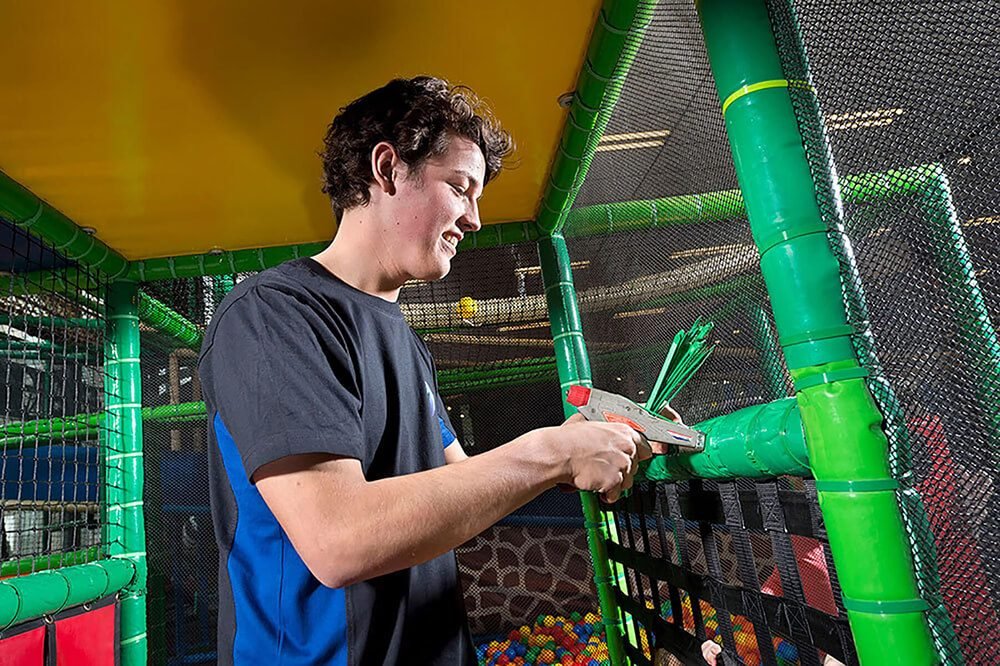
To maintain an indoor children’s playground, perform daily cleaning of high-touch areas, inspect equipment for damage, and sanitize surfaces weekly. Monthly, conduct full safety checks, document repairs, and schedule professional maintenance as needed. Train staff on safety and cleaning protocols to keep the facility safe and welcoming for everyone.
Now that we understand the importance of maintenance in ensuring both safety and customer satisfaction, let’s dive deeper into why regular upkeep is essential, what steps you should take to maintain your playground effectively, and common mistakes to avoid. By following these guidelines, you can build a reputation for offering a well-maintained, safe, and enjoyable environment for children and their families.
Why is Regular Maintenance of Indoor Playgrounds Important?
Maintaining an indoor playground is more than simple cleaning; it’s a proactive measure that protects the health, safety, and satisfaction of children and their parents. Regular inspections, repairs, and cleaning ensure that your indoor children’s playground equipment is always in top condition, reducing the risk of accidents and creating a more attractive environment for visitors. A well-maintained playground isn’t just a regulatory necessity, but also a powerful tool for retaining loyal customers and building a good reputation.
Regular maintenance of indoor playgrounds is crucial for ensuring safety, promoting health, extending equipment lifespan, and enhancing customer satisfaction. Establishing a consistent maintenance routine benefits both the children who use the facilities and the operators managing them.
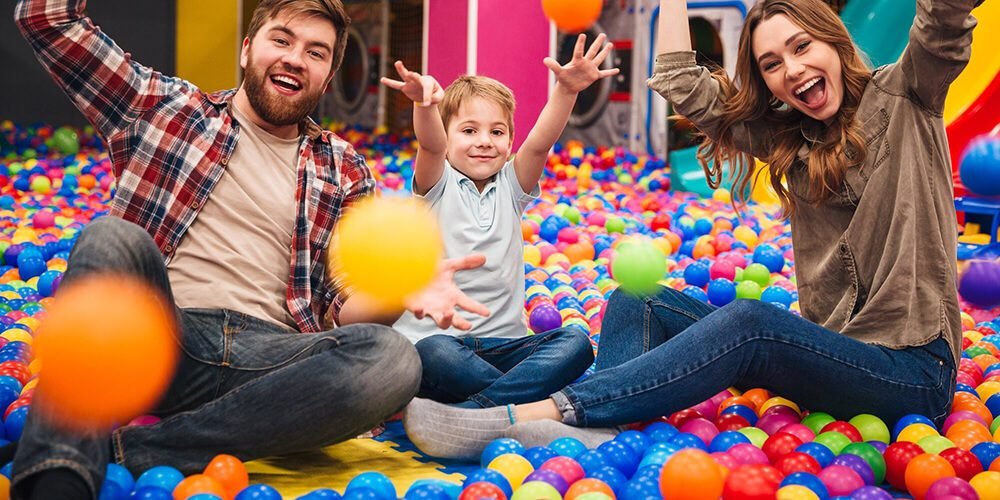
Minimizing Injury Risks
Routine maintenance helps prevent accidents by identifying and addressing potential hazards. If you do a daily check, you can see if a bolt is missing, a piece is broken, or something is sharp before it can hurt someone. Proactively fixing these issues greatly reduces the chance of injuries, which not only protects children but also minimizes liability for operators.
Extending Equipment Lifespan
Indoor children’s playground equipment is a major investment. By regularly checking for wear and tear, you can extend the life of these structures. For example, frayed ropes, cracked platforms, or worn padding can be replaced early to prevent more costly repairs or replacements down the line.
Preventative Measures
A routine inspection schedule allows operators to catch minor issues before they escalate into larger problems. Addressing minor issues like loose bolts or worn-out surfaces can prevent serious playground hazards that could affect operations.
Enhancing Visitor Experience
A loyal customer base provides a foundation for long-term growth. Returning families are more likely to spend on additional services, such as birthday parties or seasonal events, which boosts revenue. Plus, their feedback offers valuable insights, enabling you to adapt and innovate, keeping your facility relevant and attractive over time.
Indoor Playground Maintenance Checklist
An effective maintenance plan requires a comprehensive checklist covering every aspect of the playground. Regular inspections, timely repairs, and thorough cleaning protocols are key to ensuring the safety and longevity of the equipment. By following this checklist, you can address common issues before they become significant problems.
To maintain a safe indoor children’s playground, conduct visual inspections, check structural integrity, ensure proper padding, and test for electrical safety. Review signage, emergency procedures, and keep detailed maintenance logs to track repairs and ensure consistent upkeep.
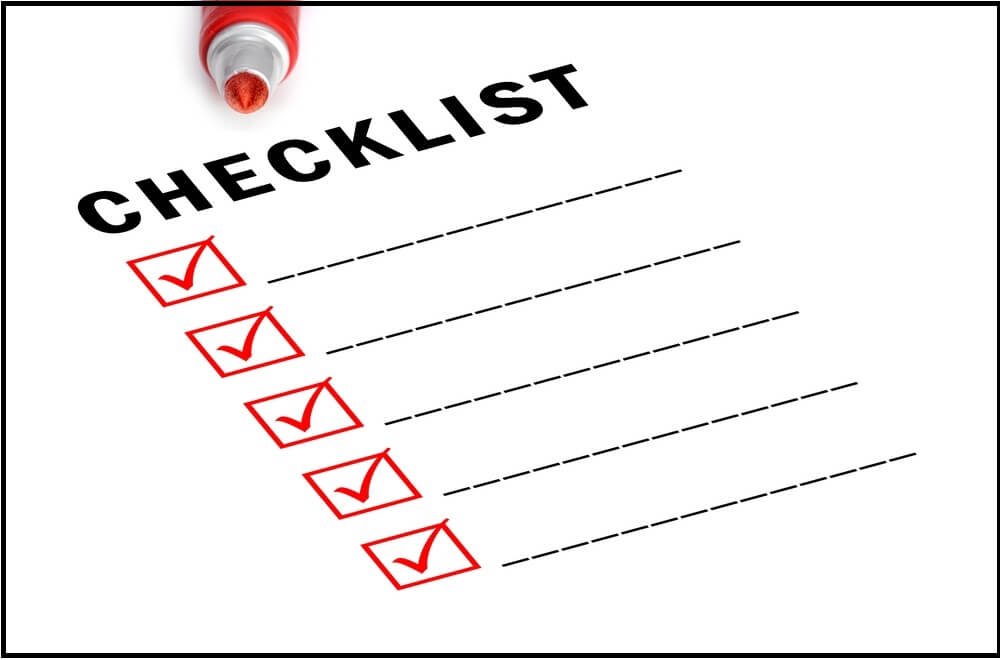
Visual Inspection of the Entire Facility
- Check for visible damage, such as tears in soft play elements, cracks in plastic slides, broken or loose screws, and damaged platform, ropes or nets.
- Check for any sharp edges or protruding hardware that could cause injuries.
- Check high-traffic areas like climbing walls, slides, and entrance mats for wear and tear.
- Check the plastic ball for signs of wear, such as cracks or holes. Replace any damaged balls to prevent injury.
Structural Integrity
- Inspect the entire structures for stability
- Inspect all hardware, including clamps and screws, for tightness and signs of corrosion. Replace any missing or damaged components immediately.
- Check footbase for stability, ensure they are not loose or cracked.
Safety and Padding
- Check all padded surfaces for tears, thin areas, or worn areas, such as platform, soft padded play equipment.
- Ensure that EVA floor mats or safety pads is intact and offers sufficient cushioning, especially in fall zones.
Check for Electrical Safety
- If applicable, check for loose wires or other electrical hazards associated with electronic play equipment like arcade games or TVs.
- Test the fire alarm and emergency lighting systems to ensure they’re functional.
Signage and Safety Warnings
- Check that all safety signs, such as “No Running” or “Age Limit,” are intact and legible.
- Replace faded or damaged signs to ensure that the rules are easy to understand.
Emergency Exits and First Aid
- Ensure that all emergency exits are clearly marked and free of obstructions.
- Verify that first aid kits are fully stocked and accessible.
- Train staff regularly on emergency procedures and first aid.
Routine Documentation and Logs
- Keep a maintenance log to record all inspections, repairs, and replacements.
- Establish a routine inspection schedule and train employees to detect and report problems promptly.
What Cleaning Supplies Are Safe for Indoor Playgrounds?
Using the correct cleaning supplies is essential to maintaining a safe environment. Some chemicals may damage surfaces or pose risks to children, so it’s crucial to choose cleaning products carefully. Opt for mild, effective cleaners that disinfect without causing harm to equipment or health.
Safe cleaning supplies for indoor playgrounds include neutral pH detergents, enzyme cleaners, and disinfectants like quaternary ammonium compounds. Use alcohol-based disinfectants on high-touch surfaces, and choose eco-friendly products where possible for a child-safe environment.
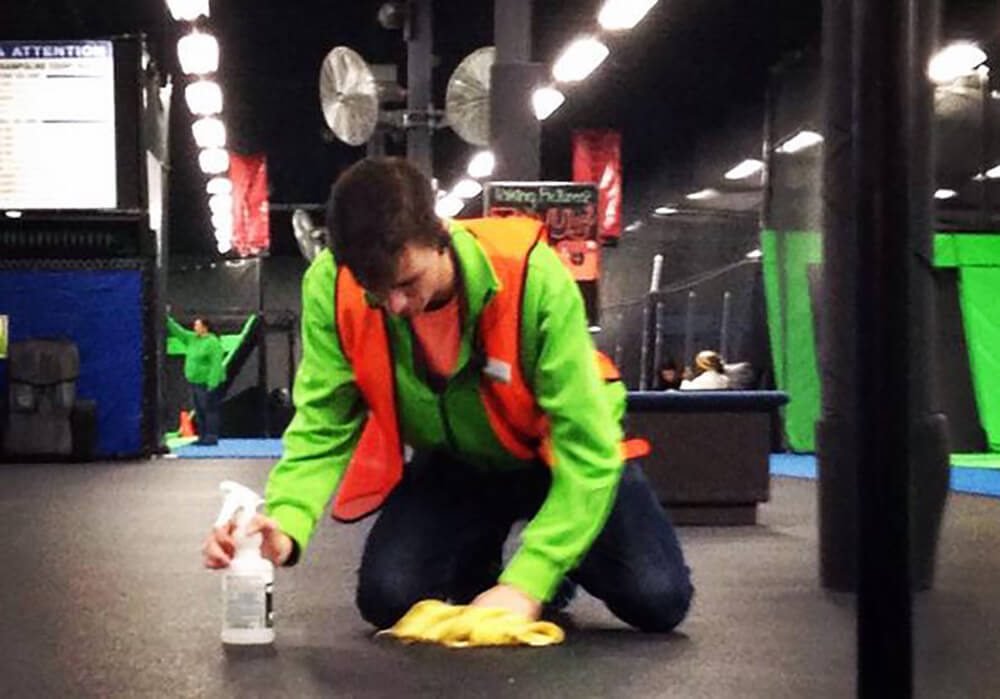
General Cleaners
- Mild Soap and Water: A solution of mild antibacterial dish soap (about 2 tablespoons per gallon of warm water) is ideal for general cleaning. This works well on most surfaces and helps remove dirt without harsh chemicals.
- Enzyme Cleaners: These are particularly useful for removing organic stains, such as food or bodily fluids, because they naturally break down the contaminants.
Disinfectants
- Non-Toxic Disinfectants: Look for products labeled as child-safe. Options include quaternary ammonium compounds (quats) and alcohol-based disinfectants, which are effective against bacteria and viruses.
- Bleach Solutions: A diluted bleach solution (usually 5 tablespoons of bleach per gallon of water) can be used to disinfect hard surfaces but they should be rinsed thoroughly afterward to avoid residue.
Specialized Cleaners
- Surface-Specific Cleaners: Use cleaners designed for specific materials (e.g., wood-safe cleaners for wooden equipment or silicone sprays for slides) to maintain the integrity of the surfaces.
Cleaning Tools
- Soft Cloths and Sponges: Use soft, absorbent cloths to avoid scratching surfaces, especially on plastic and glass components.
- Scrub Brushes: For tougher stains, especially in corners, a brush can be effective without damaging surfaces.
What Are Common Indoor Playground Maintenance Mistakes?
Even with the best intentions, operators can make mistakes that compromise the safety and cleanliness of the playground. Understanding these common pitfalls can help you avoid them and maintain a higher standard of care.
Avoid maintenance mistakes like skipping inspections, ignoring manufacturer guidelines, inconsistent cleaning, neglecting surfacing materials, and failing to document repairs. Proper training and attention to detail are key to a safe, well-maintained playground.

Neglecting Regular Inspections
Neglecting routine inspections is a common mistake. Regular checks are essential to identify potential hazards and ensure all indoor children’s playground equipment is in safe working condition. A consistent maintenance schedule helps prevent accidents and injuries.
Ignoring Manufacturer’s Instructions
Each piece of indoor children’s playground equipment comes with specific installation and usage instructions from the manufacturer. Failure to follow these guidelines may result in improper installation, which can pose a safety risk.
Neglecting Cleaning Protocols
People often underestimate the importance of regular cleaning. Indoor playgrounds should be cleaned frequently to prevent dirt and germs from accumulating. This includes wiping surfaces, mopping floors, and ensuring all equipment is disinfected.
Failing to Document Maintenance Activities
Keeping detailed records of inspections and repairs is essential for liability and ongoing maintenance. Ignoring this can lead to recurring problems and increased liability.
What Maintenance Tools Are Needed for Indoor Playgrounds?
Having the right tools on hand streamlines the maintenance process. From inspection tools to repair equipment, investing in quality tools ensures that you’re prepared to tackle any maintenance tasks efficiently.
Essential tools for indoor playground maintenance include inspection checklists, torque wrenches, repair kits, first aid supplies, and documentation logs. Proper tools enable effective inspections, prompt repairs, and safe cleaning practices.
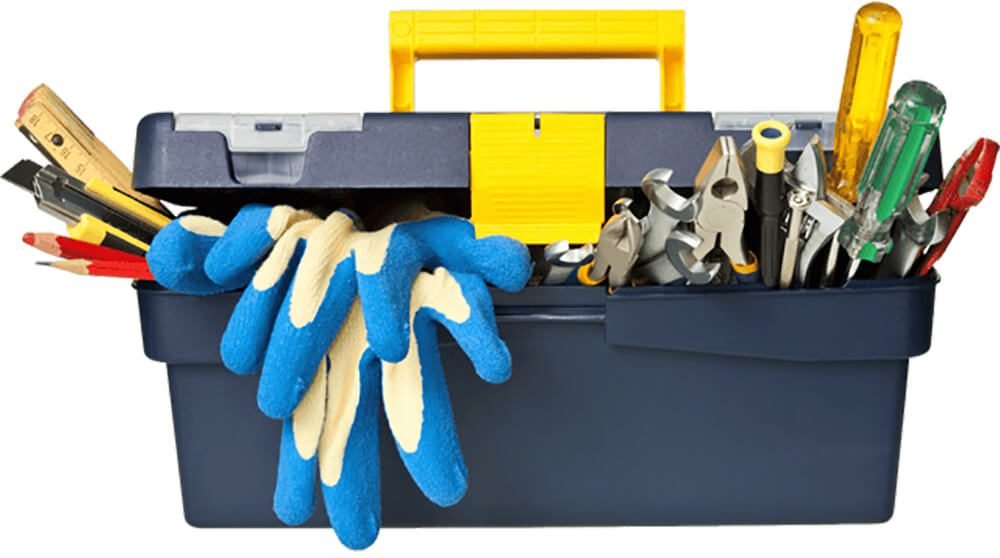
Inspection Tools: Visual checklists, torque wrenches, and measuring tape.
Repair Tools: Basic tool set, lubricants, and replacement parts.
Safety Equipment: First aid kit and personal protective equipment (PPE).
Documentation: Maintenance logbook to track upkeep activities.
Conclusion
Regular maintenance is a cornerstone of providing a safe, enjoyable, and hygienic environment for children and their families. By investing in a structured maintenance routine, you protect both your customers and your business reputation. If you’re looking for high-quality, customizable playground equipment that meets global safety standards, Lebo Play is here to help. Contact us today to learn more about our products and maintenance support services, and let’s work together to create safe, engaging play spaces for kids!
If you still want more details on how to clean an indoor playground, follow this link: https://leboplaycn.com/how-to-clean-your-indoor-playground-equipment/

